Edge Printing: Elevate Your Print Products
 Feb 11,2025
Feb 11,2025

 SESE
SESE
Edge Printing: Elevate Your Print Products
Edge printing is one of the most visually striking and often underutilized techniques in the world of custom print products. It’s a method that not only enhances the aesthetic appeal of your print materials but also offers unique branding opportunities. Let’s explore what edge printing is, its advantages, types, applications, design tips, and the limitations that come with this technique.
1. What’s Edge Printing?
Edge printing refers to the process of applying ink or foil to the edges of a book, notebook, or other printed products. It is most commonly used to create a dramatic effect on the outer edges of paper or cardboard. The print can be done in various colors, foils, and even custom designs to highlight the borders of the pages or cover. The process requires precise techniques and special equipment, making it a premium feature for high-end printed materials.
2. The Advantage of Edge Printing
Aesthetic Appeal: It adds a layer of sophistication and uniqueness to your printed materials. The edge treatment makes the product stand out, even when placed alongside other books or printed items.
Brand Recognition: Custom edges can serve as a brand identifier, making your product immediately recognizable and adding to its perceived value.
Enhanced Durability: In certain cases, edge printing can add a protective layer to the edges of books, making them more resistant to wear and tear.
Customization: Edge printing allows for nearly limitless customization, from vibrant colors to metallic foils and even patterns, giving your product a one-of-a-kind look.
3. Types of Edge Printing
|
|
|
|
|
|
Colored Edges |
Foil Stamping |
Sprayed Edges |
Gradient Edges |
Designs & Patterns |
Colored Edges: Simple yet striking, these edges are usually printed with vibrant inks, creating a bold, colorful border that contrasts with the rest of the product.
Foil Stamping: This luxurious effect applies metallic foil to the edges, creating a shiny, high-end finish that is especially popular for special edition books and premium items.
Sprayed Edges: Often seen in hardcover books, sprayed edges involve spraying a thin layer of ink on the edges, which creates a gradient or uniform color effect.
Gradient Edges: Using a fading color effect, this method blends one color into another, creating a soft transition on the edges of the pages.
Custom Designs & Patterns: Some edge printing techniques allow for intricate patterns, logos, or even text to be printed along the edges, adding even more customization options.
4. Application of Edge Printing
Edge printing techniques have become a key feature in various sectors of the printing and publishing industry, enhancing the visual appeal and functionality of a wide range of products. This versatile technique can be applied to numerous types of printed materials, giving them an elevated, refined touch.
Book:
|
|
Edge printing is particularly popular in high-end publications such as coffee table books, art books, photo books, novels, and other literary works. The addition of gilded or painted edges adds a luxurious finish, complementing the rich visuals and artworks that these books often showcase. Whether it's a gold-leaf finish for an elegant look or a bold, colorful edge for a more contemporary feel, edge printing enhances the overall aesthetic. |
Catalogs:
|
|
In the marketing and sales sector, catalogs are essential tools for showcasing products and services. Edge printing can elevate catalogs, making them more visually striking and appealing to potential customers. For instance, a fashion catalog with metallic edges or a home décor catalog with brightly painted edges stands out from standard printed materials. This attention to detail signals quality and sophistication, which can influence customer decisions and boost engagement. |
Notebooks & Journals:
|
|
Notebooks and journals are personal products that allow for a lot of creative expression. Edge printing offers a way to personalize these items, adding unique finishes to the edges of the pages. For example, floral designs, metallic accents, or even intricate patterns on the edges of notebooks can cater to various tastes, whether targeting young women with whimsical touches or business professionals with sleek, minimalist designs. This level of customization makes edge printing an excellent choice for creating distinctive stationery products.The added tactile experience of flipping through pages with uniquely printed edges enhances the user's overall experience, whether they're journaling, sketching, or note-taking. This small but impactful detail encourages creativity and makes the notebook or journal feel more special. |
Card Decks:
|
|
Edge printing is also important in the production of card decks, such as tarot cards, playing cards, oracle cards, and business cards. The edges of these cards can be adorned with vibrant colors or metallic finishes, contributing to their visual impact.For tarot and oracle cards, the edge design can reflect the theme or energy of the deck. A mystical tarot deck might have deep purple or gold edges, while a nature-themed deck might feature green or earthy tones. This cohesive edge design adds to the overall immersive experience when using the cards.For business cards, edge printing is an effective way to stand out in a competitive market. A well-designed edge can add a memorable touch to a business card, making it more likely to be noticed and remembered by potential clients or partners. |





 Home
Home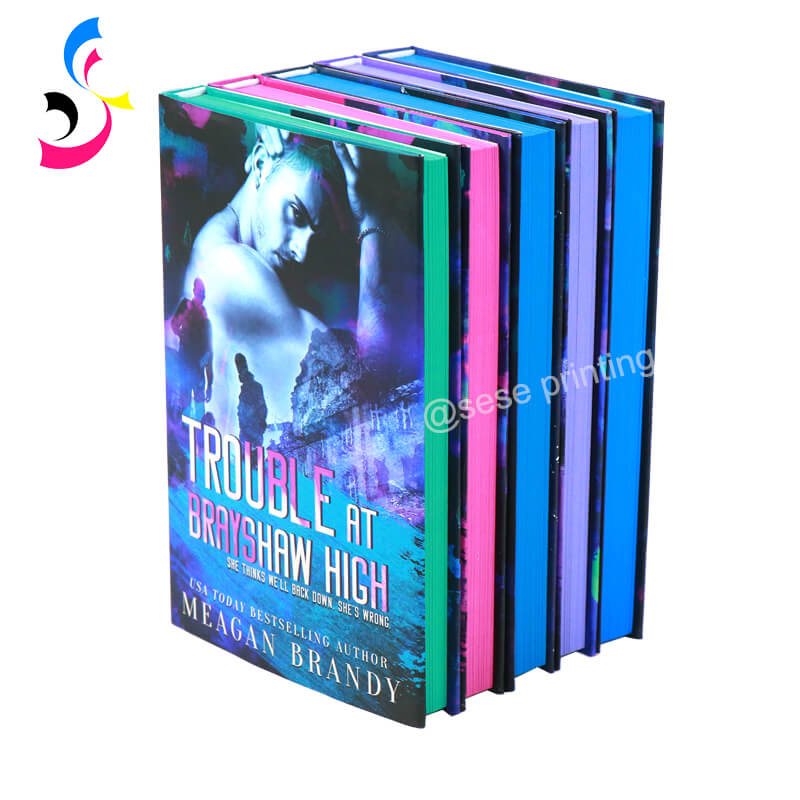
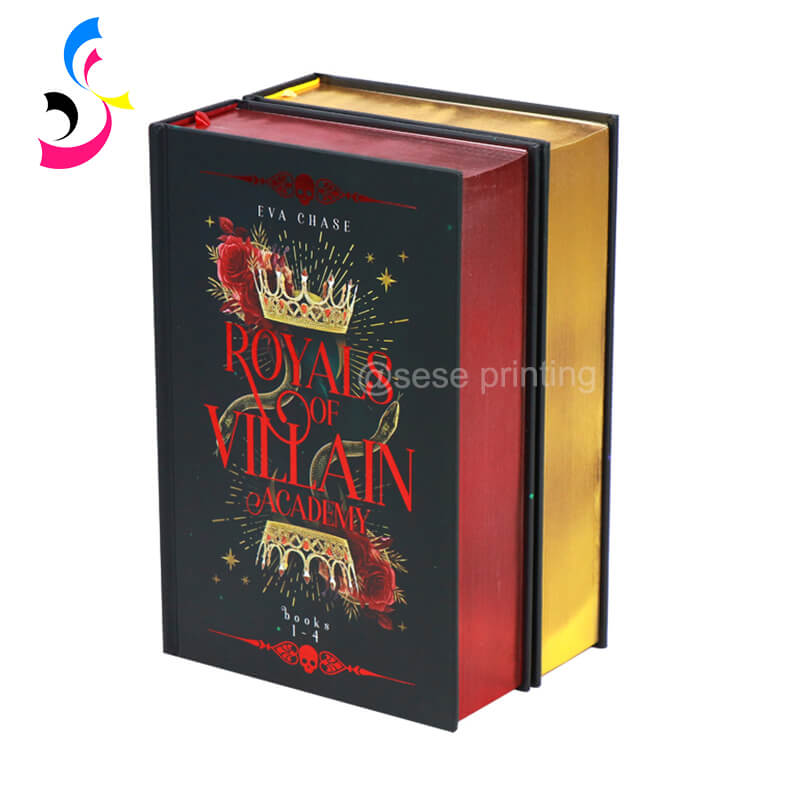
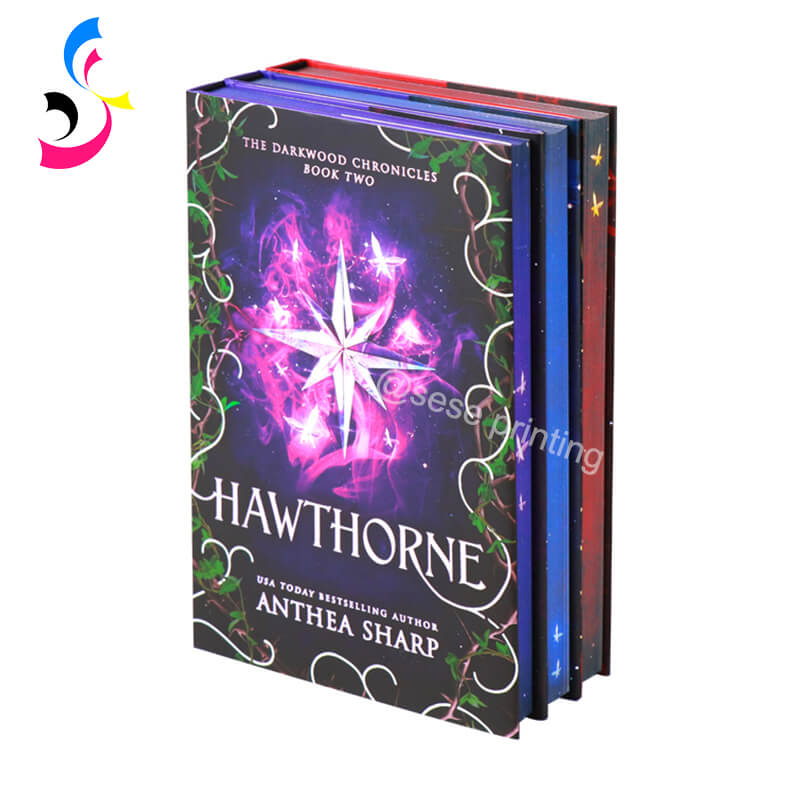

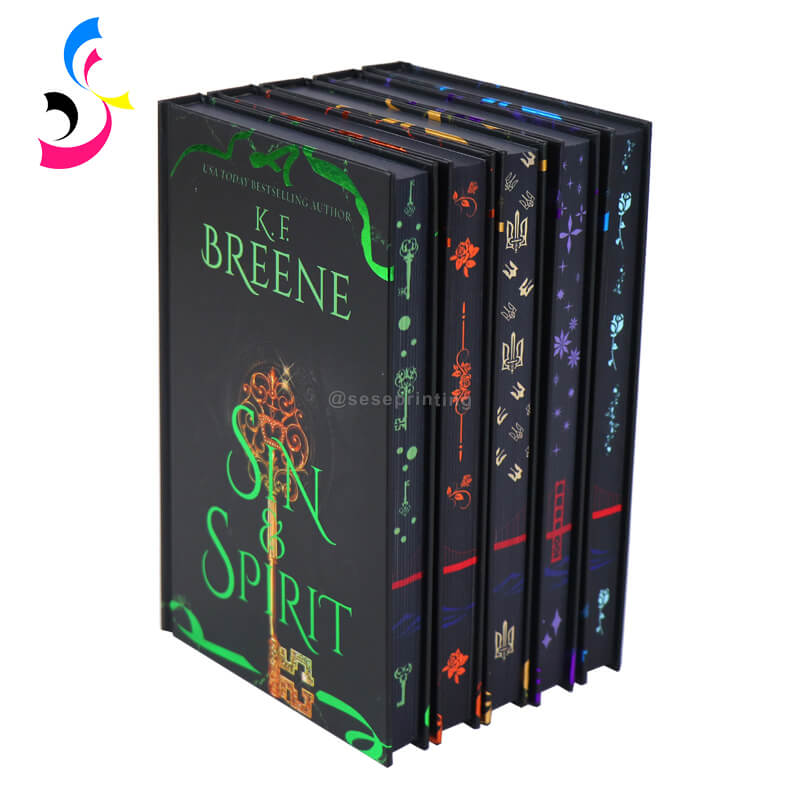
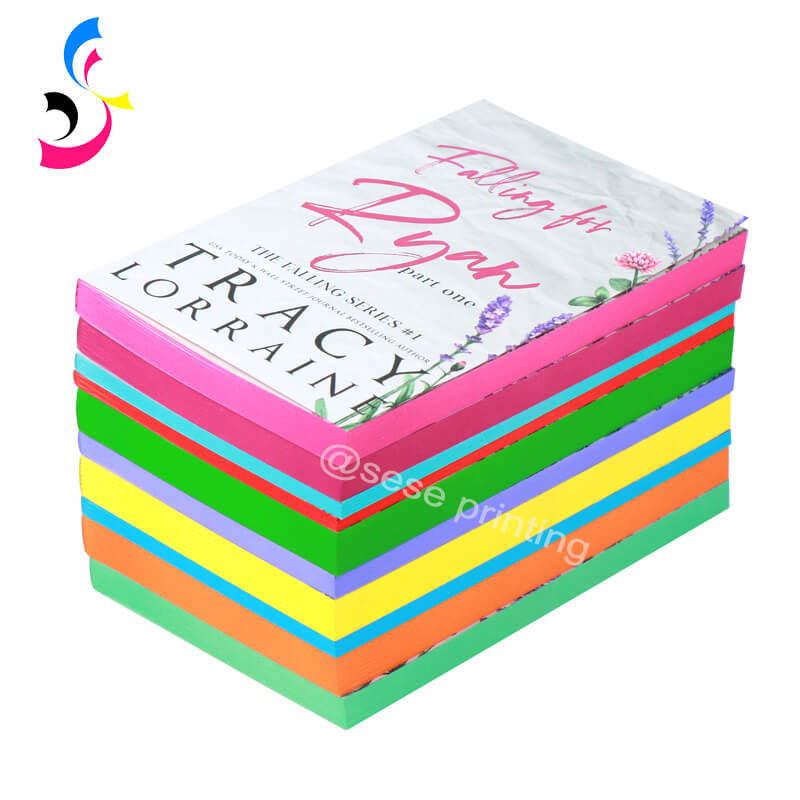

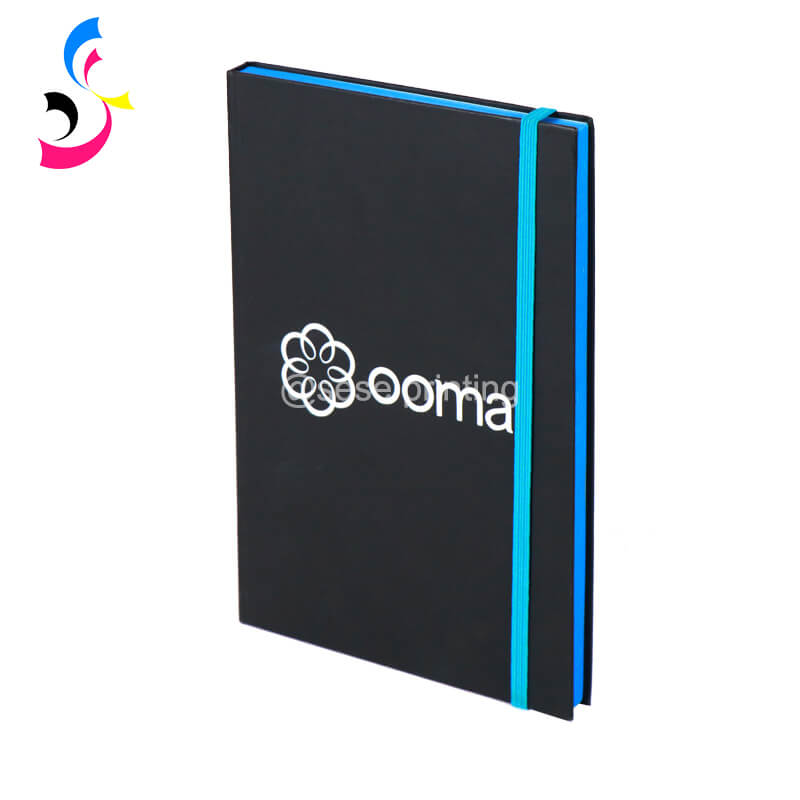
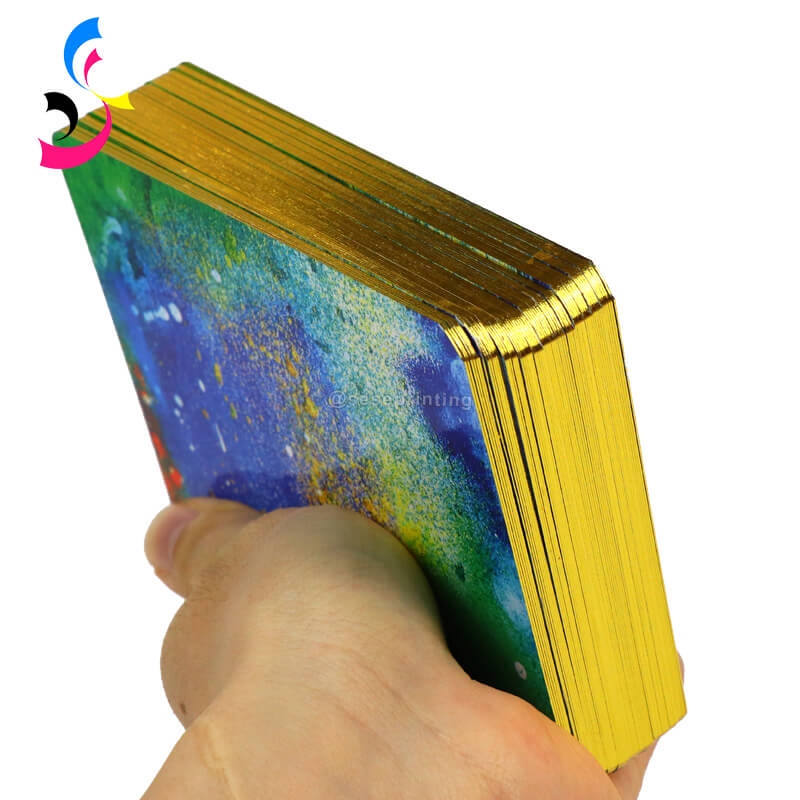
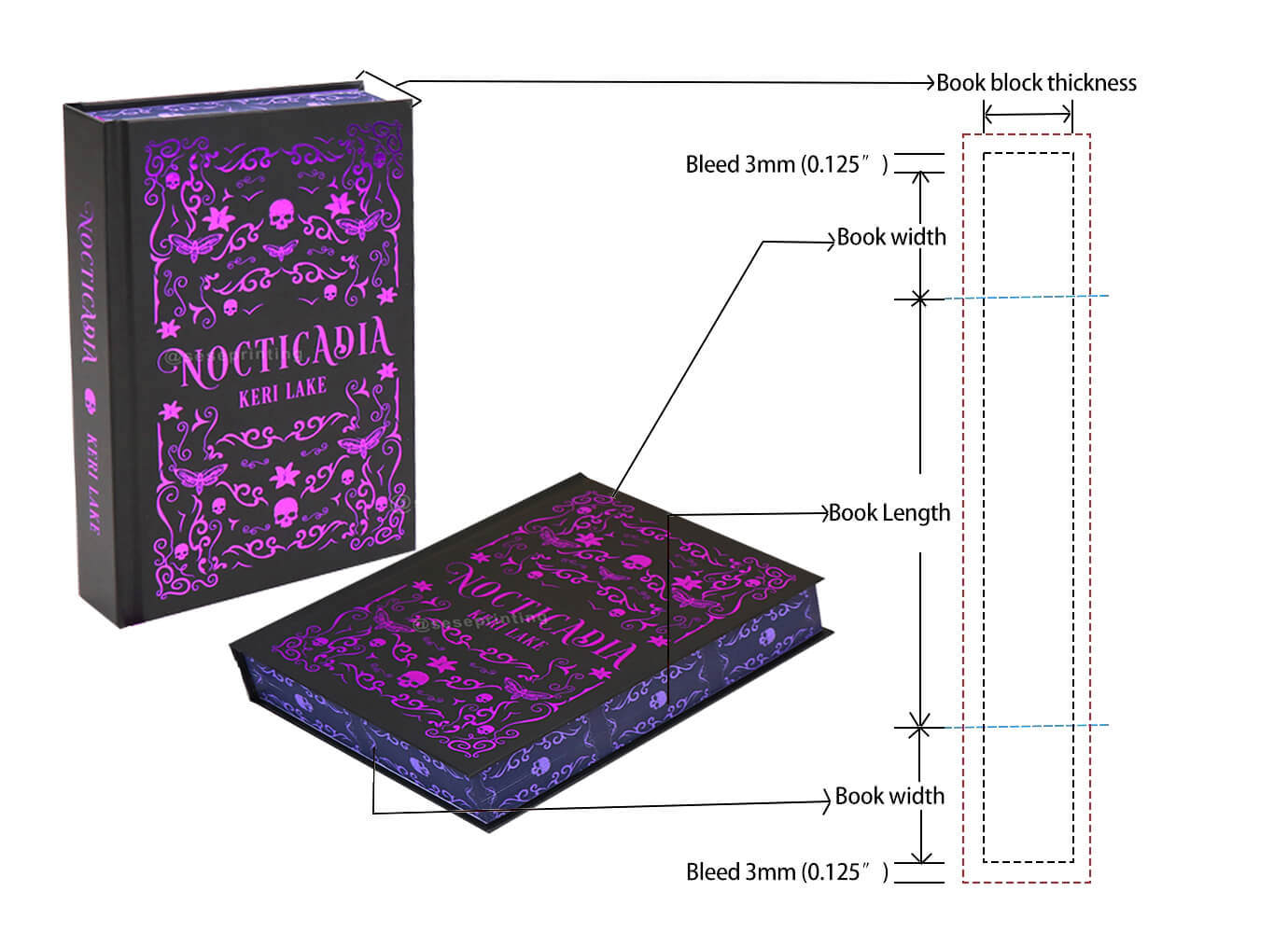
 Novel Printing: A Comprehensive Guide
Novel Printing: A Comprehensive Guide  You May Also Like
You May Also Like
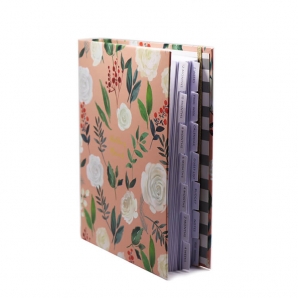

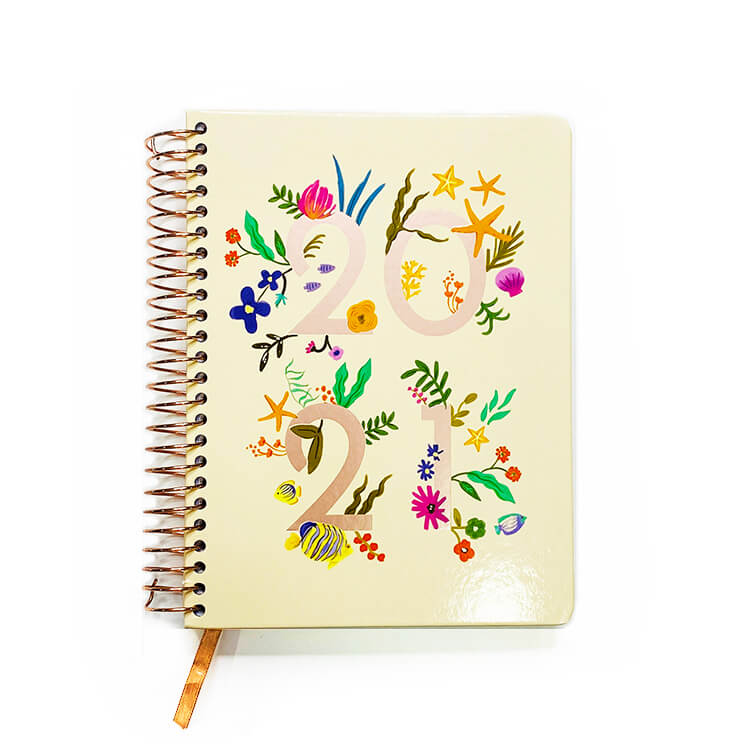

 Tel
Tel
 Email
Email
 Address
Address







